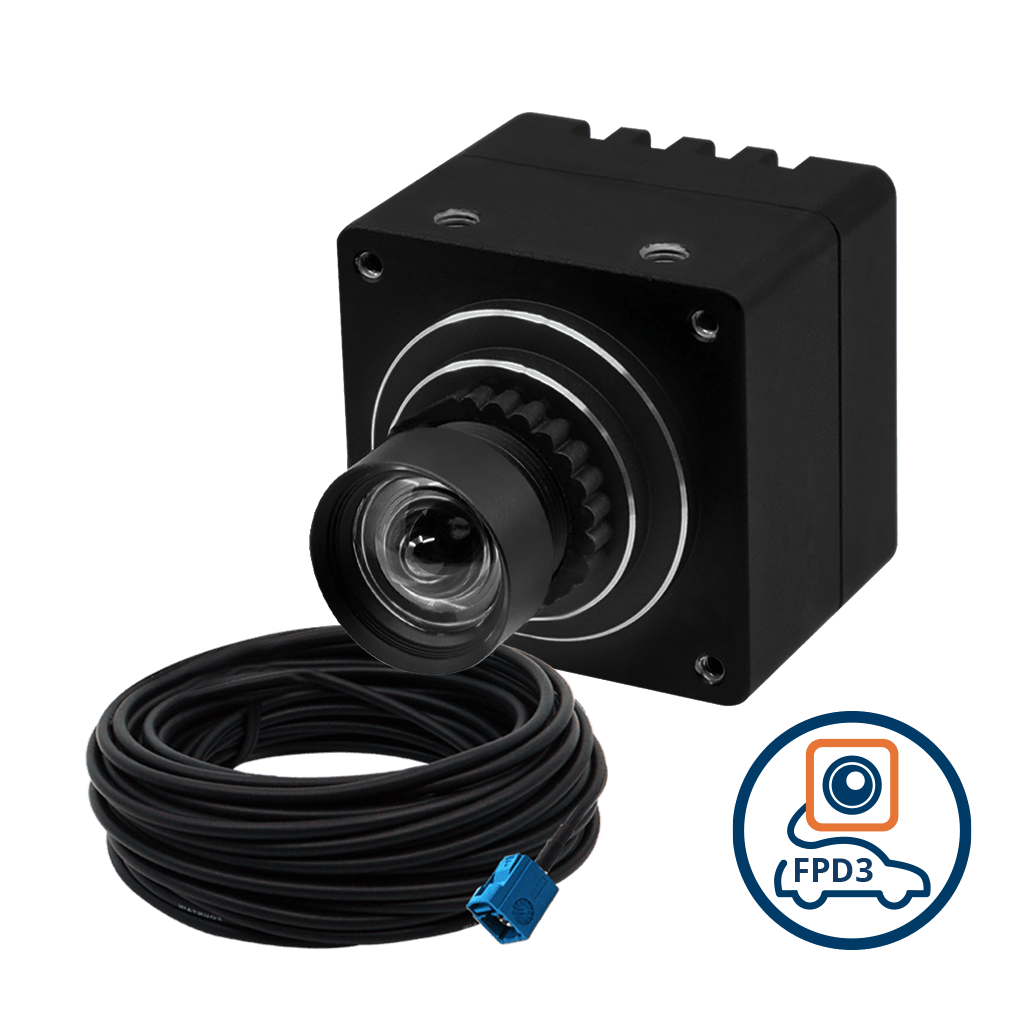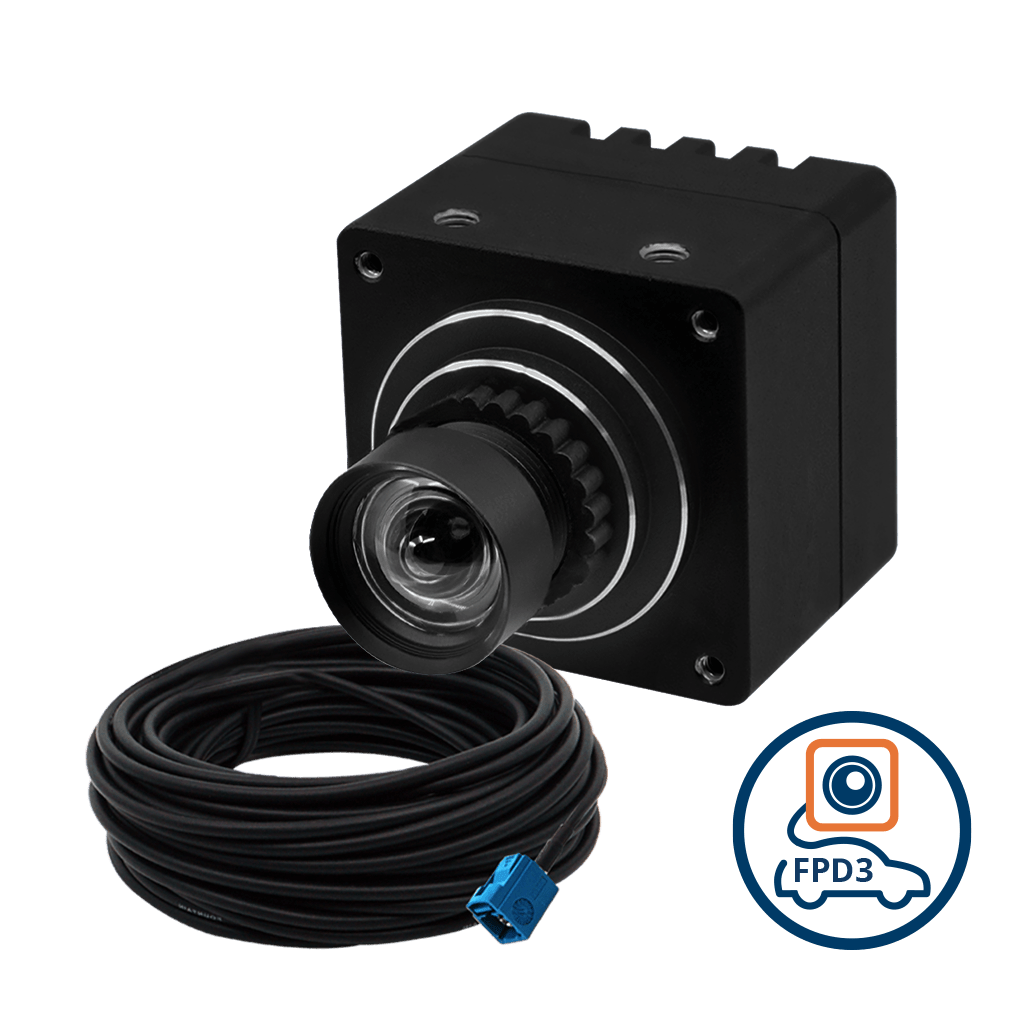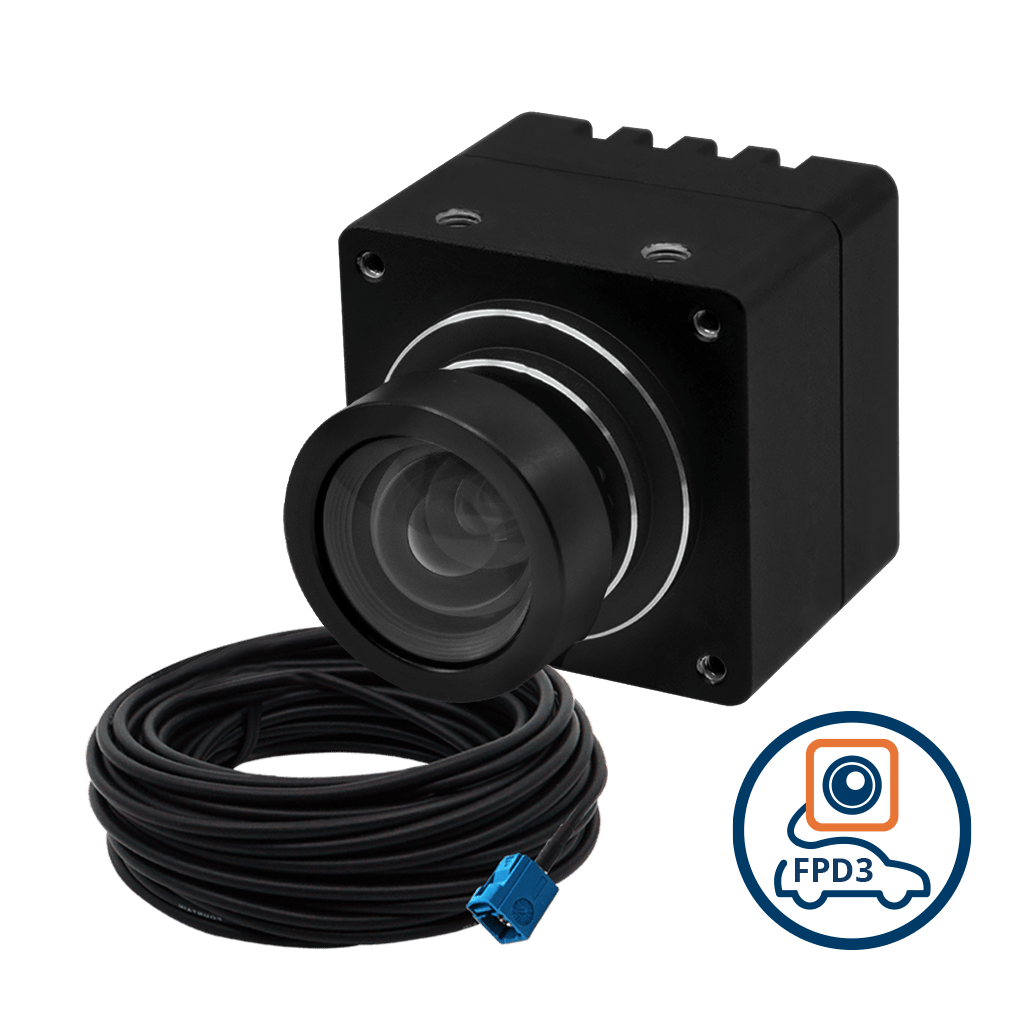Embedded cameras play a crucial role in industrial and commercial settings in today’s tech-driven world. Dust, dirt, and water may make operation difficult for vision systems in these environments. To ensure uninterrupted security and surveillance operations, outdoor cameras must brave elements such as rain, snow, and extreme temperatures. Similarly, industrial cameras must withstand particulate matter, liquids, and varying temperatures, requiring robust solutions.
Cameras with IP-rated enclosures have been developed and implemented to meet these demands. Advanced IP-rated cameras are resilient against dust ingress and prolonged water immersion. Which results in embedded vision systems being able to reliably function in demanding conditions across various applications, such as security surveillance and quality control in manufacturing processes.
What is IP-rated cameras?
IP-rated cameras are specifically engineered to provide varying degrees of defense against solid objects, dust, and liquids, ensuring their resilience and dependability in various environments. The IP in IP-rated stands for Ingress Protection, a standardized rating system established by the International Electrotechnical Commission (IEC). This system is utilized to specify the levels of protection offered by enclosures of electrical equipment, focusing on the environmental conditions that the equipment can endure. An IP rating is typically denoted by two digits following the letters IP. The first digit signifies protection against solid objects and dust, with values ranging from 0 (no protection) to 6 (dust-tight). The second digit indicates the protection against liquids, with values ranging from 0 to 9.
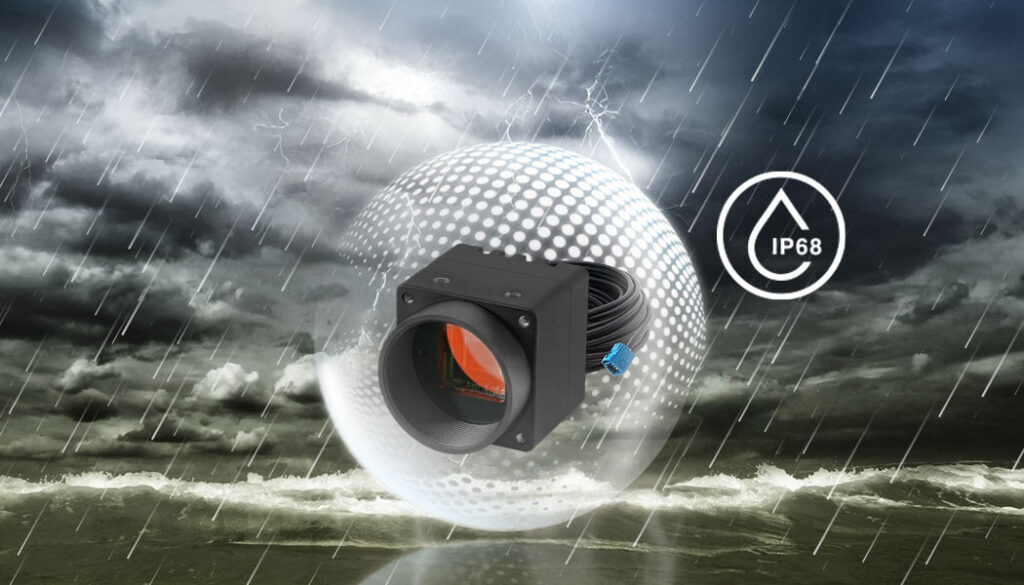
Types of IP-rated cameras
- IP65 cameras: These cameras are dust-tight and protected against water jets from any direction, making them suitable for outdoor use where they might be exposed to rain or sprinkler systems.
- IP66 cameras: Offering a higher degree of protection, IP66 cameras are dust-tight and can withstand powerful water jets. They are ideal for industrial environments where heavy machinery might be cleaned with high-pressure water jets.
- IP67 cameras: These cameras are dust-tight and can be temporarily submerged in water up to a meter deep for 30 minutes, making them suitable for environments where they might be temporarily flooded or submerged.
- IP68 cameras: IP68 devices are dust-tight and can withstand continuous submersion in water beyond 1 meter, with the exact depth and duration specified by the manufacturer. They are ideal for underwater applications, including marine research, underwater infrastructure inspections, and any setting where the camera is expected to operate in wet conditions for extended periods.
- IP69K cameras: This is the highest level of protection used in embedded cameras today. The ‘9K’ in the rating refers to the ability of the camera system to withstand high-temperature and high-pressure water jets. This makes IP69K cameras sturdy and suitable for industrial systems subject to water jets with high amounts of force and heat. They are perfectly suited for industrial robots, autonomous vehicles, and smart surveillance systems.
Advantages of using IP68-rated cameras in embedded vision
Using IP68-rated cameras in embedded vision systems offers several significant advantages, particularly in durability, versatility, and operational reliability across diverse and challenging environments.
The benefits include:
Protection from harsh conditions
Cameras with an IP68-rated enclosure are built to endure conditions such as dust, dirt, and prolonged water exposure. This level of protection is crucial for embedded vision systems used outdoors, in industrial settings, or anywhere they may be exposed to elements that could harm their performance. Resisting these conditions is vital for the cameras to maintain their imaging capabilities without being hindered by dust or moisture, which could cause fogging and image quality issues.
Extended camera life
IP68-rated cameras are known for their robust construction and superior sealing, greatly extending their operational life. With protection against dust and water ingress, these cameras are less susceptible to issues like corrosion or electrical shorts that can occur in less protected devices. This durability reduces the need for frequent maintenance or replacement, resulting in a lower total cost of ownership over the camera’s lifespan. This longevity is especially valuable for embedded vision systems, ensuring consistent performance and reliability without requiring constant intervention or oversight.
Suitability for a wide range of environments
The adaptability of IP68-rated cameras allows them to be used in a wide range of environments, going beyond traditional settings. This includes extreme locations like underwater environments and deserts and even applications in space technology. In underwater research, these cameras can capture high-quality images and data without water damage.
While liquid exposure may not be the primary concern in space technology, the camera’s ability to withstand vacuum conditions and extreme temperatures is extremely valuable. Their durability makes them well-suited for use in embedded vision systems in satellites, rovers, and other space exploration equipment where protection against cosmic dust and the harsh condition of space is essential.
Applications of IP68 cameras
Surveillance and security
IP68 cameras are commonly utilized in surveillance and security systems due to their capability to function in different environmental settings, such as extreme weather conditions. These cameras are ideal for coastlines or flood-prone areas that must withstand high humidity levels and potential submersion during flooding. With an IP68 rating, these cameras can still record and transmit important security footage in these challenging situations, guaranteeing uninterrupted monitoring of critical areas.
Smart traffic systems
IP68 cameras are essential in some smart traffic management systems, as they are deployed at intersections, highways, and tunnels to monitor traffic flow, detect accidents, and effectively manage congestion. These rugged cameras can withstand exposure to pollution, rain, and extreme outdoor temperatures. An example of their use is in automated toll collection systems, which remain fully operational regardless of weather conditions. These cameras capture clear images of vehicles’ license plates for accurate processing.
Also read: How Embedded Cameras are Powering New-age Smart Traffic Systems.
Automated sports broadcasting
With IP68-rated cameras, the world of automated sports broadcasting is transformed. No matter the weather conditions, these cameras can capture high-quality footage at outdoor sports events. This means that cameras placed around soccer fields or cricket pitches can still capture dynamic action even during rain without worrying about water damage. As a result, live broadcasts and replays can always be available for audiences worldwide to enjoy.
Related: Embedded Vision in Sports Analytics – Relevance and Applications.
Outdoor robots
Outdoor robots, such as patrol robots used for security and agricultural robots for farming, greatly benefit from integrating IP68 cameras. These cameras can withstand exposure to various elements, making them ideal for use in diverse environments like dusty fields or industrial complexes. With the ability to capture reliable data and images, these cameras are essential for crop monitoring, soil analysis, and perimeter security without the risk of camera failure due to environmental factors.
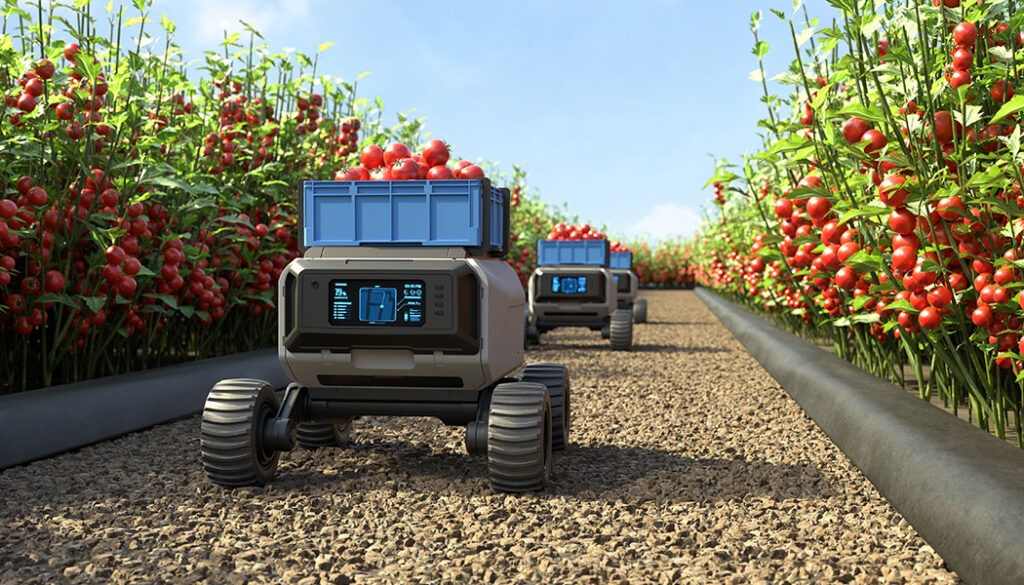
Agricultural robots in action
Military drones
In military operations, drones with IP68-rated cameras can be used for reconnaissance and surveillance tasks in difficult environments such as coastal areas or deserts. These cameras can withstand exposure to elements like saltwater spray, desert sand, and rain, allowing them to capture high-quality images and videos for intelligence purposes. For instance, IP68 cameras are ideal for coastal surveillance using military drones as they can operate continuously and collect data without being affected by water or dust.
IP68-rated cameras from TechNexion
TechNexion’s cameras have an optional IP68 enclosure, providing advanced imaging capabilities and robust protection in harsh environmental conditions. For example, VLS-FPD3-AR1335-C-S85-IR is an AR1335 IP68 camera from TechNexion that is the result of merging high-performance imaging technology with exceptional environmental resilience. This camera is designed to meet the rigorous demands of various applications, including advanced surveillance systems and complex industrial inspection tasks, where image clarity and durability are essential.
The TechNexion VLS-FPD3-AR1335-C-S85-IR is a high-resolution camera designed for tough conditions, with an IP68 enclosure. It comes with a 13-megapixel AR1335 sensor that provides detailed images for precise tasks in security and industrial settings. Its infrared capabilities ensure clear vision in low-light conditions, making it suitable for use day and night. Additionally, its FPD-Link III compatibility enables long-distance, high-quality data transmission.
Learn more about TechNexion’s embedded vision solutions here.

